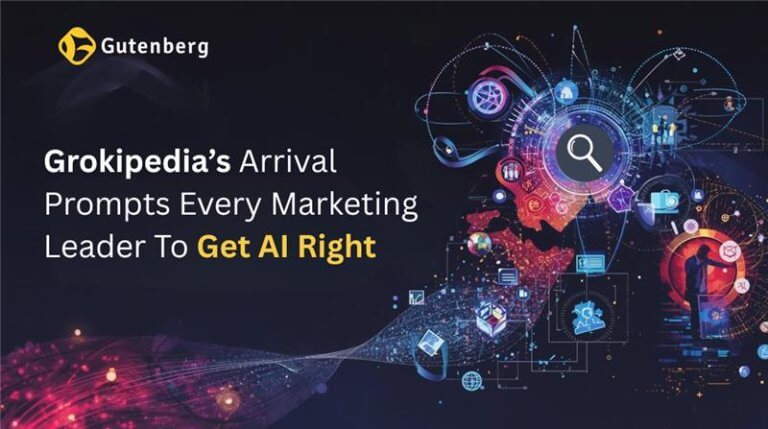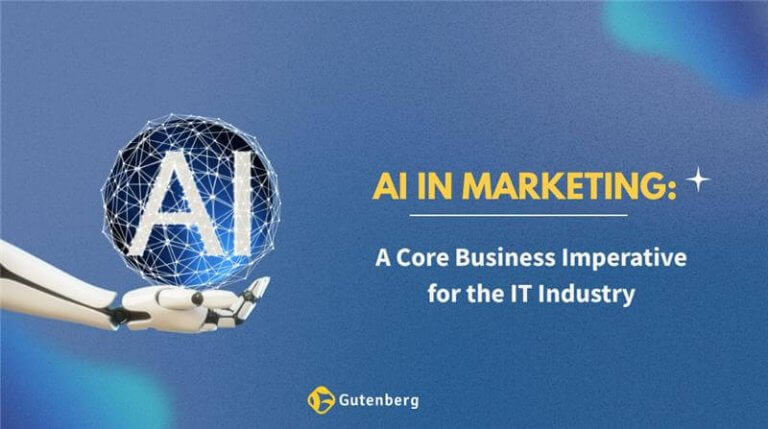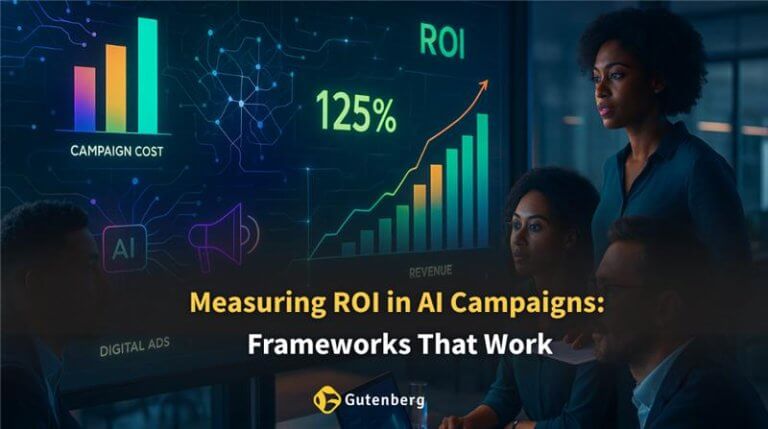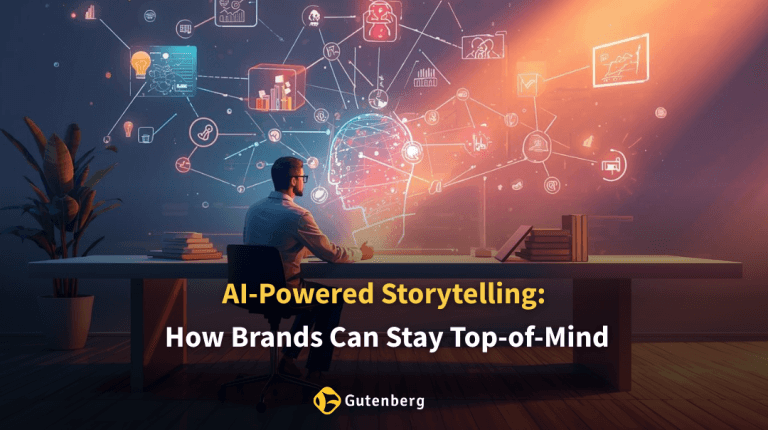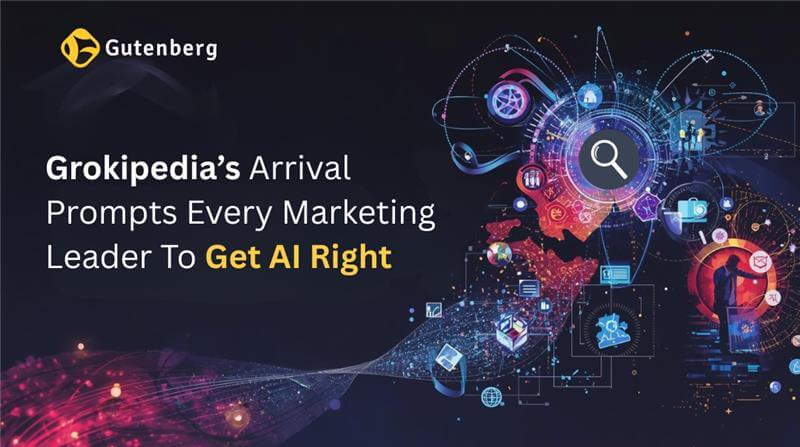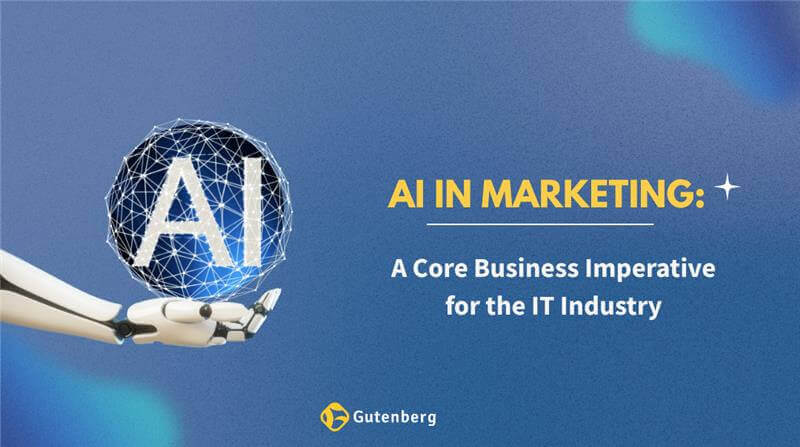“Blockchain” is a powerful buzzword in 2019 in the banking and tech worlds. And for those on the outside, a rather intimidating one. As a concept it’s quite simple— blockchains are essentially virtual stores of information or “blocks” that are stored in a public database or “chain.” Although commonly used in the context of cryptocurrency and ICOs, blockchain is set to transform various industries, including the world of public relations (PR). Blockchain has a lot to offer PR ranging from offering transferrable strategic principles, providing security, to widening the consumer base. This article offers insights into just how much.
Widening reach through de-centralized P2P marketing
The fundamental principle of blockchain technology is “a de-centralized approach to connectivity,” which relies on P2P (or peer-to-peer) networks. These networks promote direct, unmonitored lines of communication and are strengthened by allowing participants to communicate without a centralized monitoring party. By using a B2B (business-to-business) or B2C (business-to-consumer) approach to their PR, brands may invest in large marketing budgets, but lose out on their ability to truly engage with their audiences. However, by leveraging the blockchain principle of P2P networks, brands can create a direct line of communication between their users and overcome this challenge. It not only requires a much smaller marketing budget but also helps brands reach niche audiences. Up to 92 percent of consumers are more likely to be influenced by their peers than by marketers.
Enabling bot identification and securing information storage
Blockchain provides secure and un-hackable ways to store client information. It not only builds integrity for the PR agency but also provides the unique service of identifying and registering bots. While the automation of customer service and social media interactions significantly reduce human effort, bots pose a negative impact on digital marketing efforts.They can slow down the process of qualifying leads as well as skew social media and website impressions. Blockchain technology allows PR professionals to validate the identity of website visitors, and when combined with machine learning, it creates a ‘BotChain’ protocol. It helps PR professionals identify and filter out bots when validating their data and get a clear idea of their human engagement numbers. ‘BotChain’ technology has been leveraged by a Boston-based company to create the world’s first registry of bots.
Taking on misinformation or ‘fake news’
Blockchain technology can play an important role in the combat of misinformation and adulterated media, which affects both small and large organizations alike. The traceable and transparent nature of blockchain allows the real-time possibility of tracking the source of a piece of information and verifying its authenticity. It not only builds trust among PR professionals and their clients but also creates the opportunity to address crisis management on time. In the wake of ‘fake news,’ The New York Times recently announced its partnership with IBM Garage to leverage Hyperledger Fabric’s permissioned blockchain and authenticate news photographs.
Optimizing quality control for PR content
In June 2018, Ernst & Young announced a partnership with Microsoft to produce a blockchain-based content rights and royalty management system for game publishing. In October the same year, Sony Electronics Inc. announced a similar project leveraging blockchain technology to implement digital rights management (DRM) for educational data. Then, Forbes Media LLC partnered with Civil, an Ethereum blockchain platform, to secure its news content. Blockchain technology not only offers authenticity but also traceability. It is ideal for tracking content rights and royalties, managing digital rights, validating news, replacing digital signatures, and fact-checking content. It helps PR professionals ensure that the quality of content they produce for their clients is hack-proof and of excellent quality.
Blockchain technology is estimated to generate an annual business value of over US $3 trillion by 2030 across industries. It has revolutionized the way we view and store data today. And by leveraging it in the new digital age, PR professionals can take their client’s narrative to the next level.
References:
- investopedia.com/terms/b/blockchain.asp
- entrepreneur.com/article/337356
- glean.info/pr-marketing-opportunities-risks-blockchain-cryptocurrencies/
- cobizmag.com/Business-Insights/P2P-revolution-in-marketing-What-are-the-benefits/
- pwc.com/gx/en/issues/blockchain/blockchain-in-business.html
- searchcontentmanagement.techtarget.com/feature/9-killer-use-cases-for-CMS-blockchain
- coindesk.com/new-york-times-confirms-its-using-blockchain-to-combat-fake-news
The Impact Of Blockchain, Influence of the block chain, Blockchain pr, Crypto pr, Blockchain pr agency, cryptocurrency pr, cryptocurrency pr agency, crypto pr firm
Partner with Gutenberg to verify impact and build trust.


